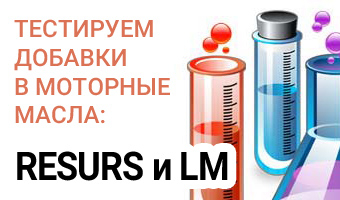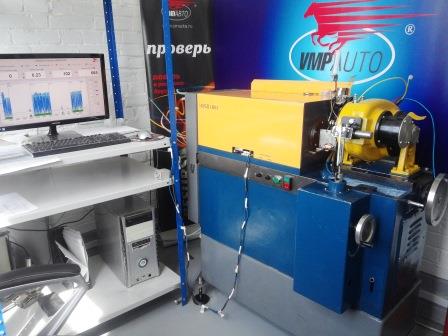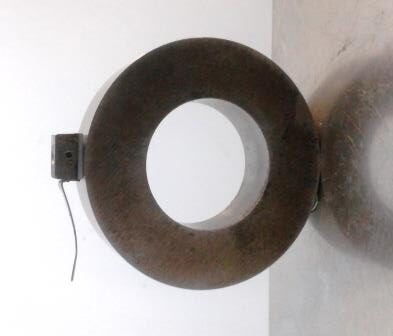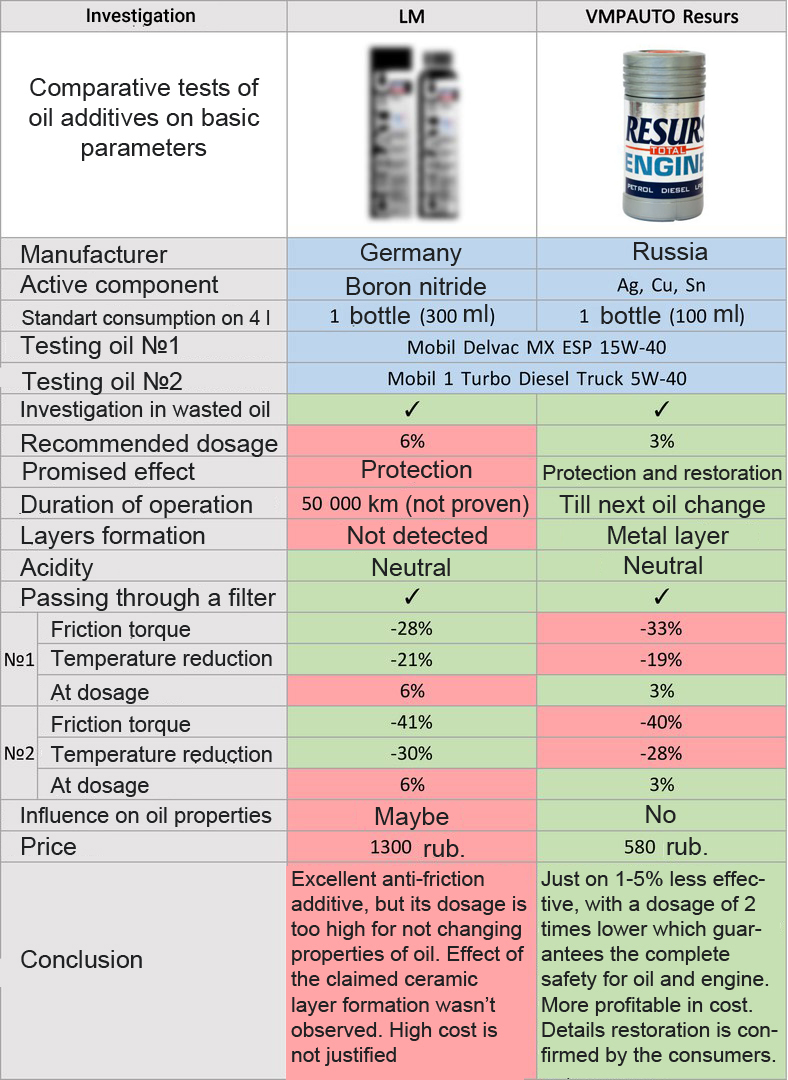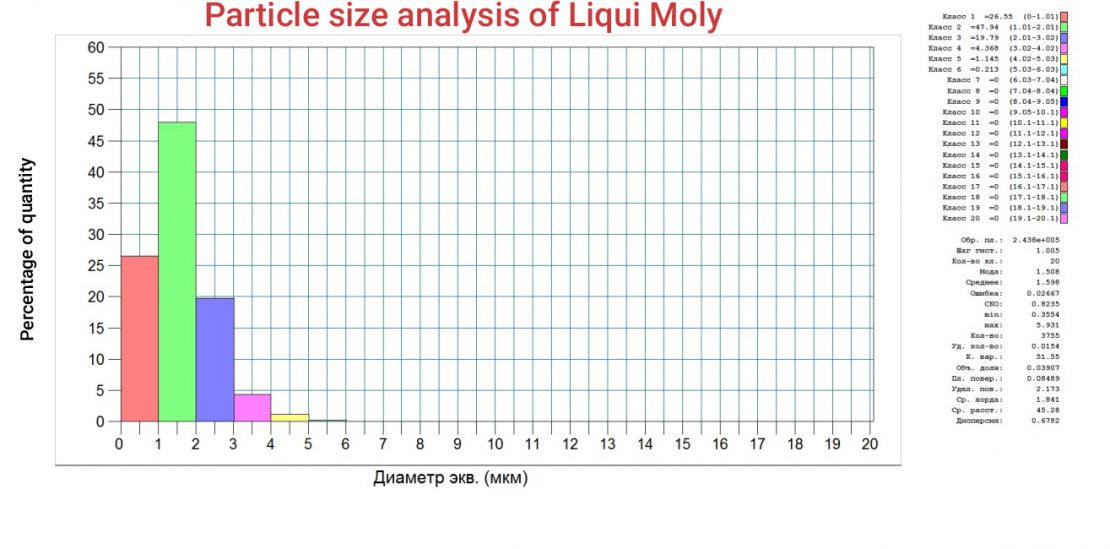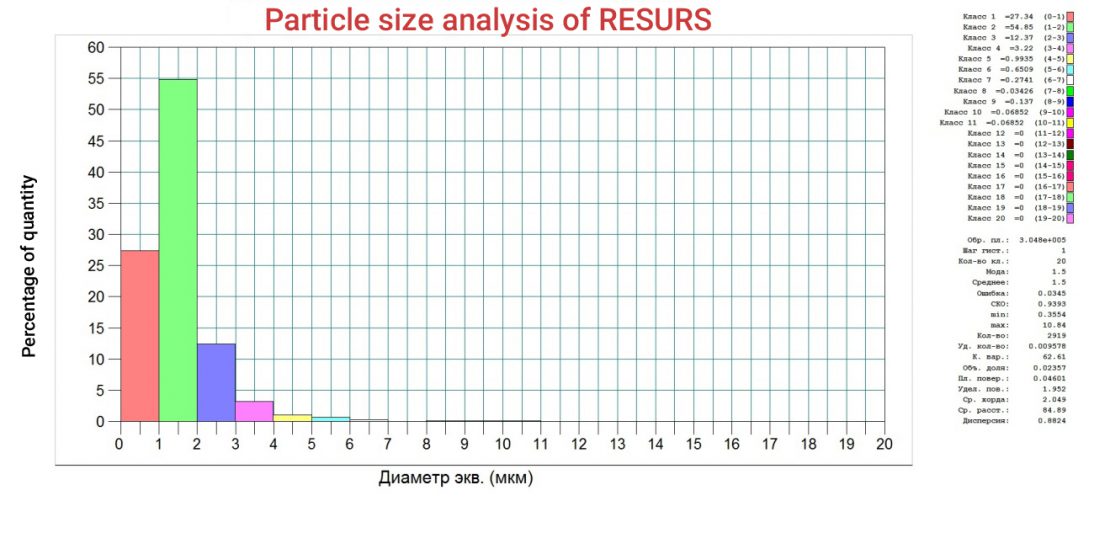We compared the two additives for engine oils: RESURS and LM
Motorists who actively use our products know that oil additive RESURS UNIVERSAL is a remetallizant, so that it has the unique ability to restore the surface of friction parts. However, we continue to receive a lot of questions of other fundamental differences of RESURS from, for example, common oil additives as LM (Germany). Thoroughly aware of the benefits of our product, we, however, have decided not to be limited with “unfounded” answers, and held in our own research laboratory comparative tests of referred LM and our RESURS.
SO, WHAT WE INVESTIGATED:
1. Wonderful product LM (Germany) – anti-friction additive in motor and transmission oils containing special ceramic micro-particles and chemically reactive elements. Recommended dosage: 6% of the total oil volume.
2. RESURS UNIVERSAL (VMPAUTO LLC, Russia) – the active remetallizant containing ultrafine particles of the alloy of copper, tin and silver. The recommended dosage: 3% of the total oil volume at the mileage more than 60 thousand km.
Tests we conducted using both mineral (Mobil Delvac MX ESP 15W-40) and synthetic (Mobil 1 Turbo Diesel Truck 5W-40) motor oils.
WHAT EQUIPMENT WE USED:
1. For tribological tests (tribology – the science of friction and wear of machinery components) we have prepared II5018M friction machine:
This friction testing machine enables tribological tests for modeling various conditions such as load, rotational speed, lubricant supply, regulation of temperature conditions, using different pairs of friction materials depending on the purpose of the test.
METHODOLOGICAL BASIS OF INVESTIGATION
a) friction pair: chrome pad of compression piston ring – movable iron roller (simulation of contact of piston ring and cylinder wall);
b) Oil supply method: drop (modeling lubrication pair of ring-wall of the cylinder in a lack of oil);
c) fixed parameters on graphic: friction torque (blue line), temperature in friction zone (yellow line), the load (light blue line), rotational speed (green line);
d) access to the testing mode is characterized by temperature achievement (usually 160-190 0C), which simulates real working conditions at a constant rotational speed of roller of 1000 rev / min (± 10 rev / min.). At first hour burn-in occurs on pure oil: graded load increase in 5 kg/s every 5 minutes before entering the testing mode. Further goes the replacement of clean oil on oil that was mixed with test additive. After reaching stable mode goes the replacement of oil with additive on clean oil (washing friction pairs). Then the cycle is repeated with oil that was mixed with another additive.
2. For particle size analysis included in the additives and for measuring their size, we used a microscope and software “VideoTesT-Master (Structure)”.
3. For additive composition comparison we resorted to the method of infrared spectrometry (IR spectrometry).
WHAT WE ENDED UP WITH:
1.1. In tests on synthetic oil (Mobil 1 Turbo Diesel Truck 5W-40) RESURS additive is required half less to achieve the same reduction of friction torque than in application of LM additive. But considerable reduction of temperature in the friction area at 30% was the same for both additives: LM (6%) and RESURS (3%).
1.2. In tests on oil Mobil Delvac MX ESP 15W-40 RESURS additive is on 5% more efficient in friction reduction at a dose of two times lower than the LM additive. Temperature reduction in friction zone is 20%for both additives when used at recommended concentrations.
2. Fraction with particle size less than 5 microns in LM additive is 98% and in RESURS additive – 97%, so that both compositions do not contain particles that may clog filters.
3. After investigating the IR-spectra of additives there can be a conclusion that the LM additive consists of mineral oil, and RESURS additive also contains two types of active ingredients, positively affecting the properties of oil in car engines. Also in safety data sheets of LM product information was detected about the “ceramics ” content as boron oxide – component that effectively reduces friction, but, unlike RESURS additive, has no ability to restore the surface of the parts.
SUMMARY TABLE OF COMPARATIVE TESTS:
For those who are curious about graphics, figures and test progress:
1. THE TRIBOLOGICAL TESTS ON FRICTION MACHINE ИИ5018M
1.1. Test of oil-based compositions Mobil 1 Turbo Diesel Truck 5W-40
Test schedule:
Explanation:
Until 15:41 there was burn-in on clean oil for reaching temperature of 186 ° C. In this case permanent load was 30 kg/s. At 15:41 clean oil was replaced on oil with LM additive (6% by weight). After it went to the mode (131 ° C) and at 16:04 flushing with clean oil. At 16:36 after reaching the temperature of 176 ° C the clean oil has been replaced on oil with RESURS additive (3% by weight). After it went to the mode (127 ° C) and at 17:01 flushing with clean oil. At 5:27 p.m., after reaching temperature of 170 ° C clean oil was replaced on oil with LM additive (3% by weight). At 17:40 mode was fixed (154 ° C) and the end of tests on this oil.
Results:
CONCLUSIONS:
From these data we can make a conclusion that the effect of friction torque reduce almost the same of the use of both additives LM and RESURS and the temperature is reduced by 30% in average, but the dosage of RESURS is half less for achieving the same effect. By reducing the dosage of LM its effectiveness is greatly reduced.
1.2. Test of oil-based compositions Mobil Delvac MX ESP 15W-40
Test schedule:
Explanation:
Until 16:25 there was burn-in on clean oil until it reached temperature of 160°C. With that constant load was 55 kg/s. At 16:25 clean oil was replaced on oil with LM additive (6% by weight). After it went on working mode (127°C) and at 16:47 flushing with clean oil. At 17:12 after reaching temperature of 162°C clean oil was replaced on oil with RESURS additive (3% by weight). After it went on working mode (131°C) and at 17:43 flushing with clean oil, the end of the test.
Results:
Conclusions:
From data we can make a conclusion that RESURS additive is almost 5% more effective at reducing friction at dosage twice less than LM additive, while reduced temperatures almost equal at 20%.
2. PARTICLE SIZE ANALYSIS
From graphics it is evident that particles which size are not more than 5 microns compose 98% in LM additive and in RESURS additive – 97%.
3. INFRARED SPECTROMETRY
Comparable IR-spectrums of RESURS and LM additives:
Liquid phase of LM additive was analyzed on IR-spectrometer. Based on this data, it can be assumed that it’s a mineral oil (which is indirectly confirmed by cold test temperature that is higher than minus 30°C) and contains no other claimed by manufacturer chemically reactive components.

